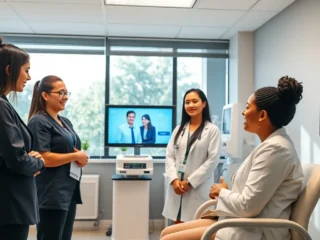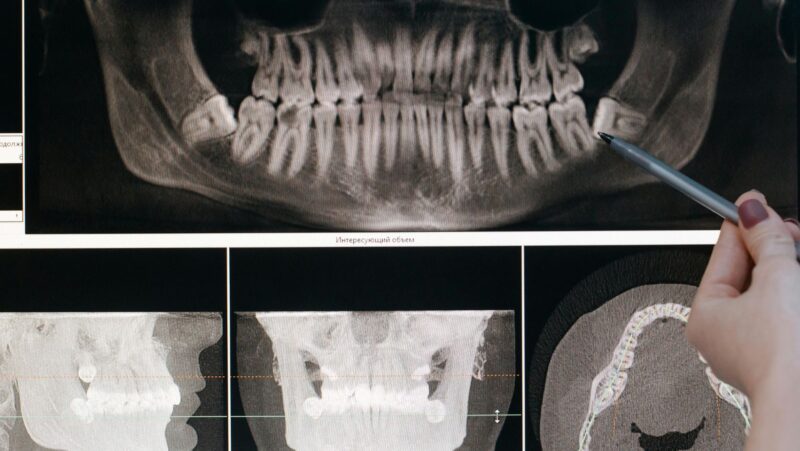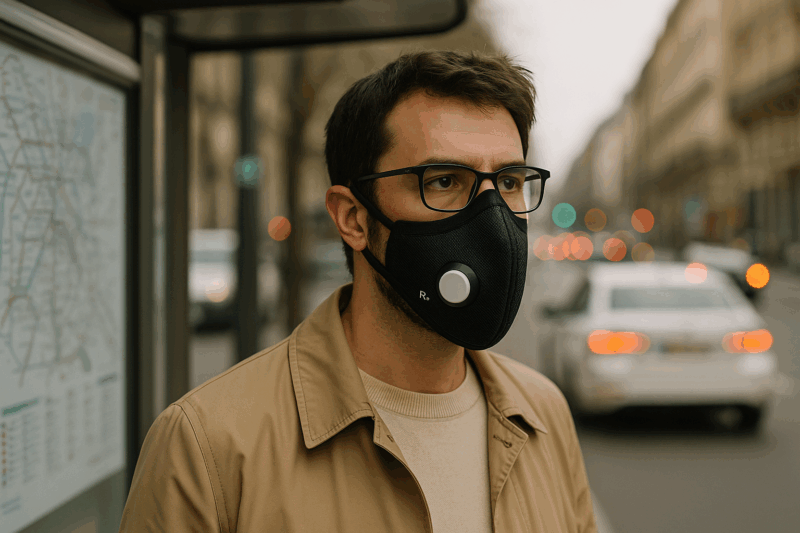
It was around 3 a.m. when a loud noise from the next room jolted Dhiraj Patel awake. A medical student staying with family, he rushed in and found Gary, a houseguest, collapsed on the floor. No breathing. No pulse.
Two weeks earlier, Dhiraj had completed his Basic Life Support (BLS) training. That night, instinct took over. He opened the airway, began chest compressions, and had his cousin call 911. He kept going until the paramedics arrived. Gary survived.
“I just did what I was taught,” Dhiraj later said. Emergencies like this don’t wait for hospitals. They happen in homes, on job sites, and across workplaces, often far from medical help. And when they do, it’s occupational health and safety staff who are usually first to respond. BLS certification gives OHS professionals the skills to take action in those first critical minutes. Keep reading to learn why this training is important and what it covers for occupational safety teams.
Why BLS Certification Matters for OHS Staff
According to OSHA guidelines, workplace responders are often the first line of defense in medical emergencies. That moment between collapse and the arrival of emergency services is where Basic Life Support (BLS) can make all the difference.
BLS is used when someone stops breathing, loses consciousness, or shows signs of agonal gasps (abnormal). Gasping breaths may sound like they’re still breathing, but aren’t effective. These are emergencies where every second counts. Through BLS certification, OHS staff learn how to spot these signs, begin chest compressions, use an AED, and keep oxygen flowing to the brain. Without action, permanent brain injury can begin within minutes.
This kind of training turns panic into action. Whether it’s a fall, a choking incident, or a sudden collapse, BLS prepares safety personnel to respond clearly, calmly, and immediately, long before help arrives.
What Are BLS’s Three Main Elements?

When someone’s life is at stake, these are the main elements that matter. The ABC (Airway, Breathing, Circulation) or CAB (Circulation, Airway, Breathing) models are frequently used to recall these phases.
- Airway: To allow oxygen to enter the lungs, make sure the airway is open and unobstructed.
- Breathing: If the patient’s breathing is irregular, support ventilation by administering rescue breaths.
- Circulation (or Compressions): If there is no pulse or other indication of circulation, administer chest compressions to maintain blood flow to the essential organs.
Current adult CPR places a strong emphasis on CAB to prioritize early compressions. Since cardiac arrest in babies and young children often happens because they stop breathing properly, the ABC method is still commonly used for them.
What’s Actually Covered in a BLS Certification Course?
As an Occupational Health and Safety professional, you can earn around $78,900 a year in the U.S., according to recent labor stats. But here’s the catch: many roles require licensure, and more employers are starting to expect a valid BLS course certification, too.
Here’s a real-world breakdown of what’s actually taught in a Basic Life Support course, especially useful if you’re new or renewing your certification.
Spotting a Life-Threatening Emergency
The course starts by teaching you how to recognize the red flags: when someone collapses, stops responding, isn’t breathing properly, or shows signs like agonal gasps. This helps you act fast, not freeze.
Airway Management
You’ll learn how to check if someone’s airway is blocked and what to do if it is. This isn’t just tilting the head back. In some cases, like a worker who’s had a seizure or a choking incident, you need to act carefully but quickly.
Rescue Breathing
When someone isn’t breathing normally, you’re taught how to give rescue breaths. That includes using barrier devices (like pocket masks) if available and knowing when it’s safe to proceed.
High-Quality Chest Compressions
This is a core part of BLS. You’ll learn where to place your hands, how deep to compress, and how fast to go. Timing and form matter; it’s not about brute force, it’s about consistency.
Using an AED (Automated External Defibrillator)
Most job sites now have an AED. BLS training walks you through how to use one, when to power it on, how to attach the pads, and how to follow its prompts without second-guessing.
Special Scenarios (Infants, Pregnant Victims, or Trauma Cases)
What works for a healthy adult might not be right for a child or someone with an injury. BLS certification helps you adjust your approach depending on the situation.
Team-Based Response
In the real world, you’re rarely alone during an emergency.

You’ll also learn how to work as a team, whether that’s assigning tasks or switching off during compressions.
Scene Safety and Initial Assessment
Before you even touch the patient, you’re taught how to assess the scene. Is it safe to enter? Is there a hazard that could affect you or the victim? You’ll also learn how to do a quick check for responsiveness and call for help.
Choking Relief for Adults, Children, and Infants
You’re trained to respond to choking, both conscious and unconscious, using back blows, abdominal thrusts (Heimlich), or chest thrusts, depending on the age and condition of the victim.
BLS in Special Work Settings
Depending on your job site (construction, manufacturing, healthcare, etc.), the course may include adjustments for confined spaces, PPE interference, or dealing with multiple victims.
Legal and Ethical Considerations
Most programs touch briefly on things like consent, Good Samaritan laws, and your role as a trained responder, especially important for OHS professionals operating in the workplace.
Your Team’s Safety Starts With You—Get BLS Certified
As an occupational health and safety professional, you’re already the one people turn to when something feels off. But in those moments when something goes seriously wrong, when someone collapses or stops breathing, you need more than a plan. You need to act.
BLS certification gives you that edge. It prepares you to respond before the ambulance pulls in. You’ll know what to check, when to start compressions, how to give rescue breaths, and how to work with an AED quickly and confidently.
Don’t wait for an incident to realize you need the training. Getting BLS certified is a practical step toward real readiness and one that reinforces your role as a trusted first responder at work. Sign up today and make sure you’re ready when it counts most.












